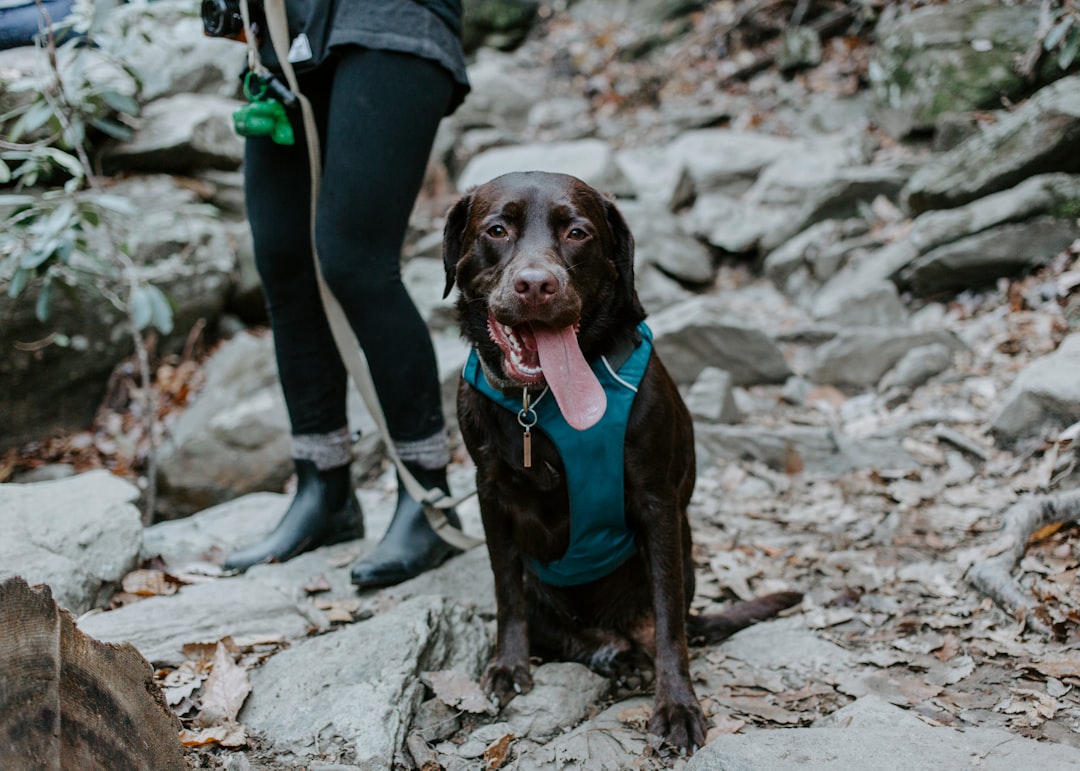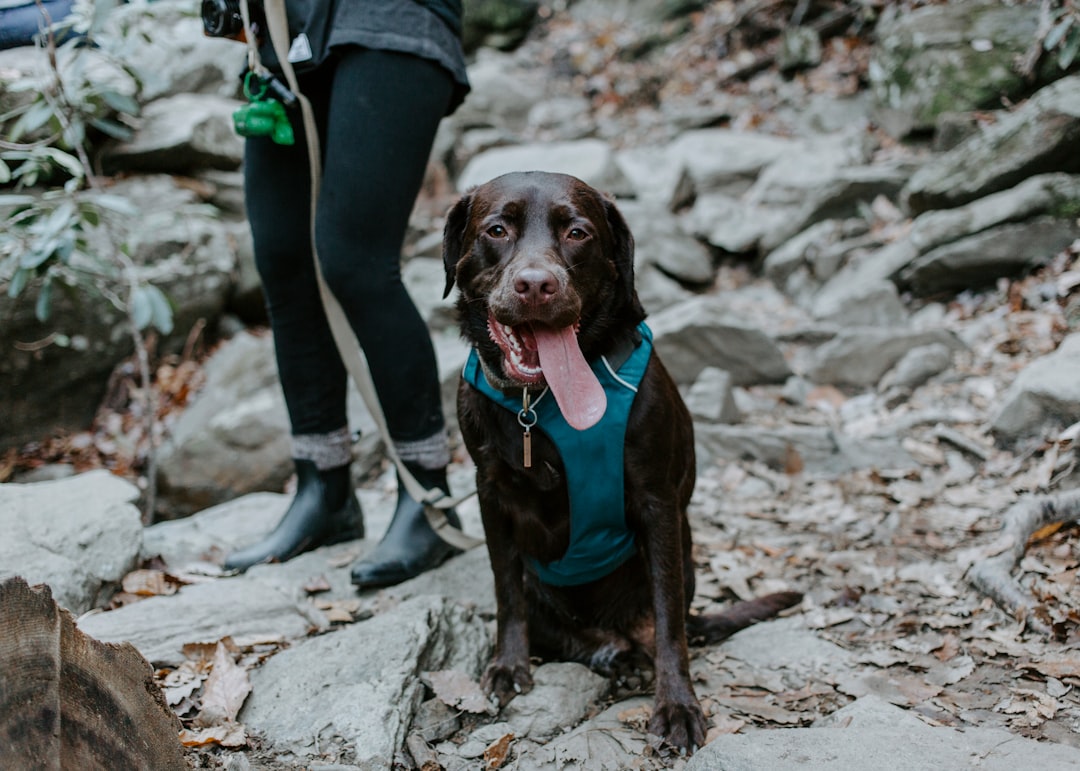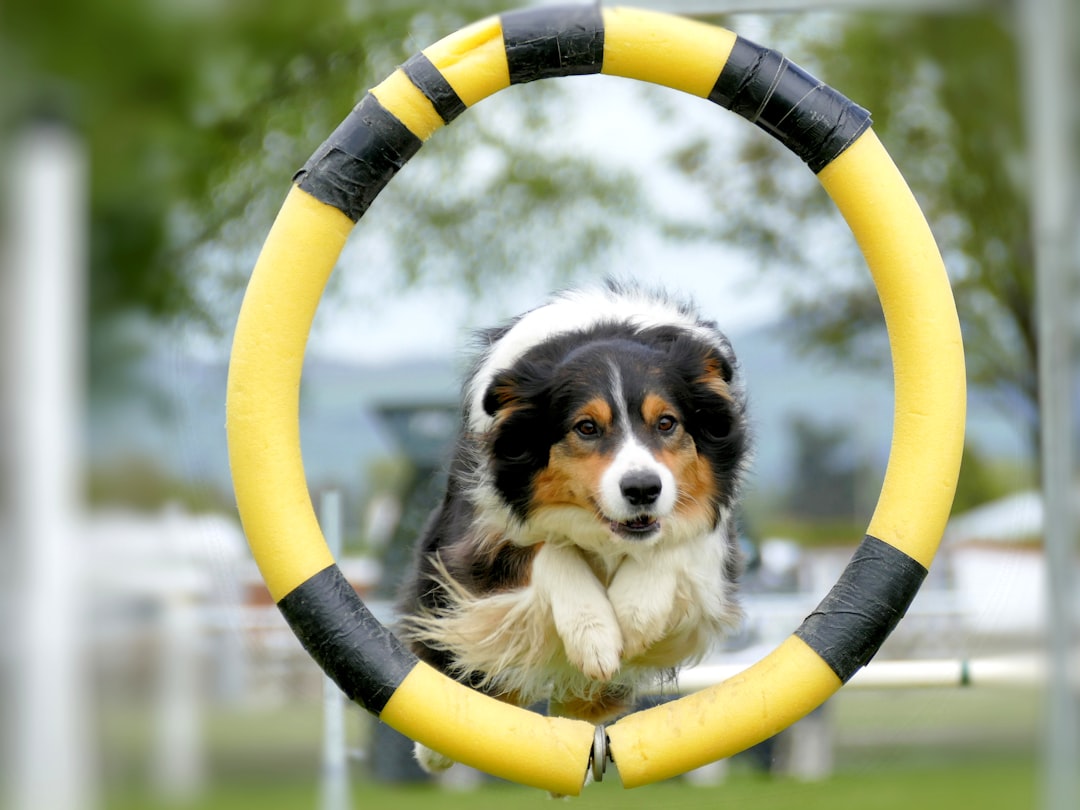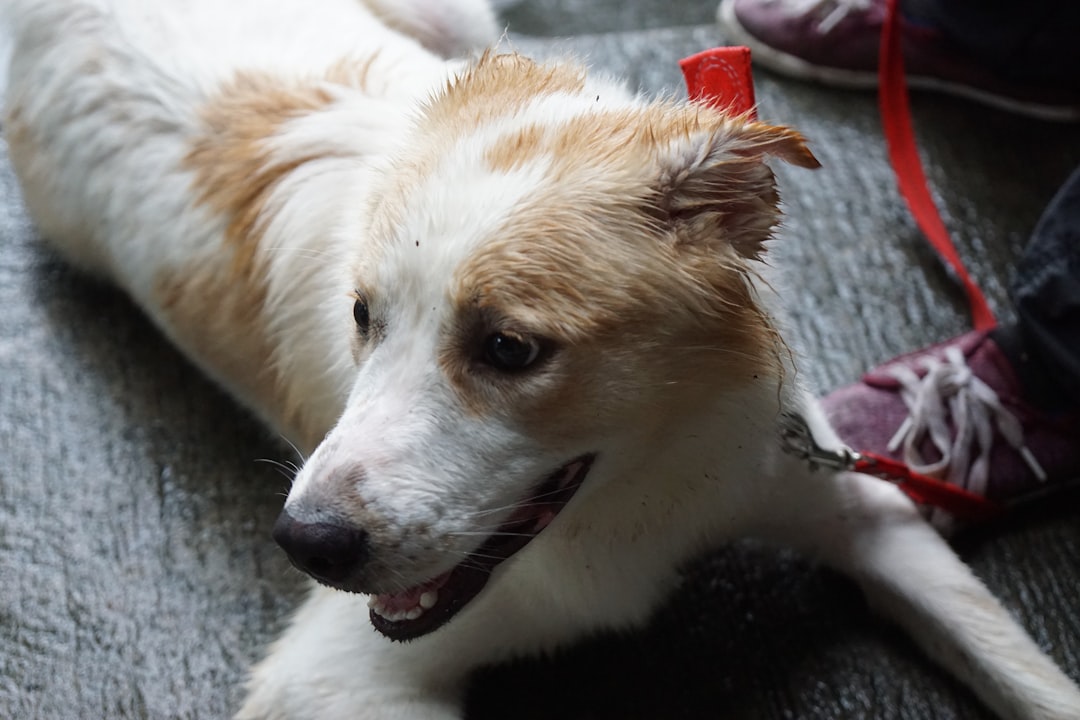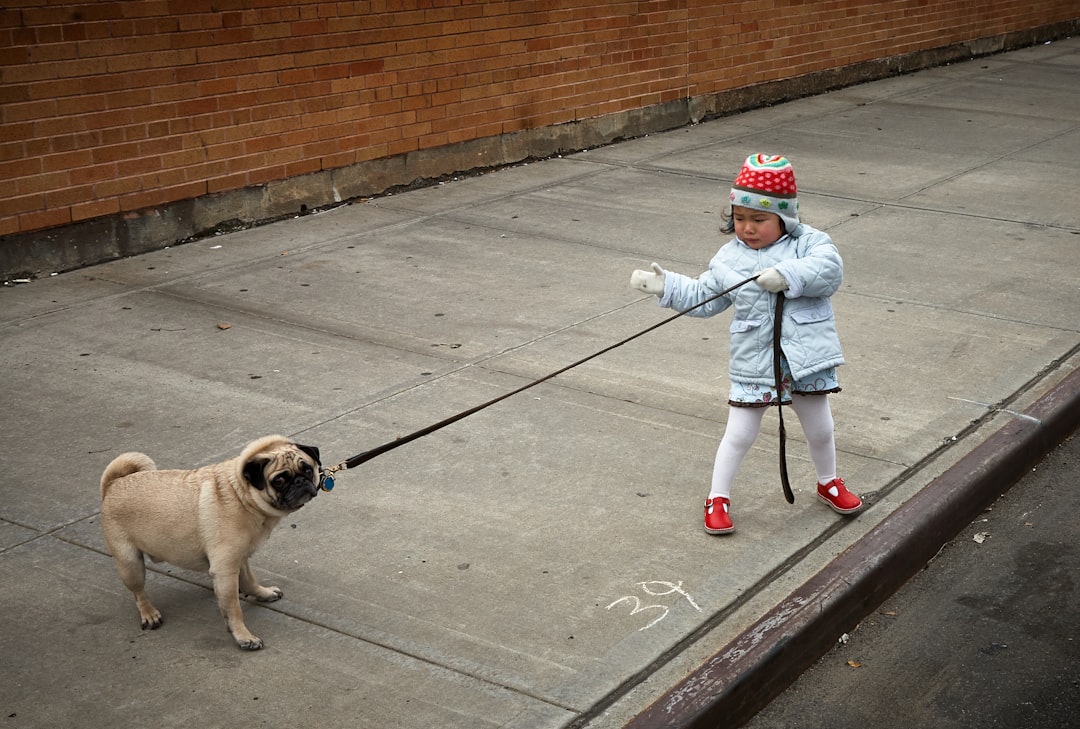A Step-by-Step Guide to Leash Training a Puppy or Adult Dog: Learn effective techniques and tips for leash training, including the importance of building trust, choosing the right equipment, reinforcing positive behavior, and addressing common challenges, to establish a strong foundation for obedience and outdoor adventures.
Introduction to the Importance of Leash Training
Significance of Leash Training
Leash training is more than just teaching your dog to walk beside you. It’s a foundational aspect of pet ownership that builds trust and enhances communication between you and your furry friend. Through effective leash training, dogs learn to navigate the world safely under the guidance of their owners, significantly reducing the risk of accidents, escapes, and aggressive incidents during walks. This not only ensures the safety of your dog but also of other people and animals around.
Establishing a Training Routine
Creating a consistent leash training schedule is crucial for dogs to understand what is expected of them. Regular sessions help instill discipline and familiarity, making walks a more enjoyable experience for both parties. Moreover, successful leash training lays the groundwork for further obedience training and opens the door to a wide range of outdoor activities you can enjoy with your dog. Whether it’s a peaceful walk in the park or an adventurous hike, these shared experiences can significantly strengthen the bond between you and your pet. Learn how to leash train your dog for a safe and enjoyable experience.
Preparing for Leash Training
Understanding Your Dog’s Behavior
Before diving into leash training, it’s essential to have a clear understanding of your dog’s breed-specific tendencies and individual personality. This knowledge will allow you to tailor your training methods more effectively. For example, a naturally timid dog may require a more gentle approach compared to a more outgoing breed. Additionally, if your dog has had negative experiences with leashes in the past, acknowledging and addressing these fears is key to creating positive new associations with leash walking.
Choosing the Right Leash and Collar/Harness
The tools you choose for leash training can significantly impact the success of your training sessions. A leash that’s too long or too short can hinder your control and your dog’s comfort. Similarly, selecting the right collar or harness is crucial. A flat collar or a snug, comfortable harness can prevent chafing and discomfort, making the training process more pleasant for your dog. For those who have dogs that are prone to pulling, a no-pull harness can be a game-changer by redirecting their forward momentum in a way that discourages pulling without causing harm or discomfort.
Basic Leash Training Techniques
Building Leash Confidence
Start leash training in a quiet, distraction-free environment to help your dog focus and feel secure. This could be indoors or a secluded part of your yard. Begin with short, positive sessions to build your dog’s confidence and prevent them from becoming overwhelmed. The key is to make leash time enjoyable, fostering a positive association with the leash and the training process itself.
Reinforcing Positive Behavior
Positive reinforcement is a powerful tool in leash training. Rewarding your dog with treats, praise, and playtime for calm and attentive behavior encourages them to continue following your guidance. Varying your walking speed and changing directions frequently can also keep the training sessions engaging and teach your dog to stay attentive to your cues, preparing them for the unpredictability of real-world walks.
Addressing Common Challenges in Leash Training
Dealing with Pulling and Lunging
One of the most common issues owners face during leash training is pulling. Utilizing a front-clip harness or head halter can be effective in discouraging this behavior by gently redirecting your dog’s attention towards you. Implementing a “stop-and-go” walking technique, where you stop moving every time your dog pulls and only proceed when the leash is loose, can teach your dog that pulling gets them nowhere.
Overcoming Leash Reactivity
For dogs that react strongly to certain stimuli while on the leash, gradual exposure to these triggers in a controlled manner can help. Keeping a safe distance initially allows you to create positive associations through rewards, gradually decreasing the distance as your dog becomes more comfortable. For persistent cases of reactivity or aggression, seeking the help of a professional trainer can ensure the safety and effectiveness of the training process.
Advanced Leash Training Strategies
Mastering Loose Leash Walking
Achieving a loose leash walk, where your dog walks calmly by your side without pulling, is a sign of successful leash training. Practicing the “heel” command in different settings with increasing distractions reinforces your dog’s focus and obedience. Combining verbal cues with hand signals can effectively communicate your expectations during walks, making the experience more enjoyable for both of you.
Enhancing Off-Leash Skills
Transitioning from on-leash to off-leash training can test and improve your dog’s reliability and responsiveness. Start in secure, controlled areas and gradually introduce more freedom as your dog demonstrates consistent obedience. A reliable recall command is essential for your dog’s safety in off-leash scenarios, ensuring they return to you despite distractions.
Safety and Maintenance Tips for Leash Training

Ensuring Physical Health and Safety
Always be attentive to your dog’s body language for signs of stress or discomfort during training, and adjust your methods accordingly. Regularly inspect your training equipment for wear and tear to prevent unexpected failures. Remember, the goal of leash training is not just obedience but also ensuring the physical and emotional well-being of your dog.
Incorporating Mental Stimulation
Leash training offers a unique opportunity to mentally engage your dog by introducing new walking routes, challenges, and activities. Rotating different rewards and incentives keeps the training sessions fresh and exciting, helping maintain your dog’s motivation and interest in the process.
The Off Leash K9 Training of Detroit Advantage
Comprehensive Training Solutions
At Off Leash K9 Training of Detroit, we understand that every dog is unique. That’s why we offer personalized training programs tailored to each dog’s specific needs and behavioral challenges. Our experienced trainers are committed to using positive reinforcement techniques to foster lasting behavior changes and strengthen the bond between you and your dog [Customer].
Call to Action
Ready to take your dog’s obedience and behavior to the next level? Let the experts at Off Leash K9 Training of Detroit guide you through the process. Visit Off Leash K9 Training of Detroit to schedule your consultation today and start your journey to a happier, well-behaved dog.

